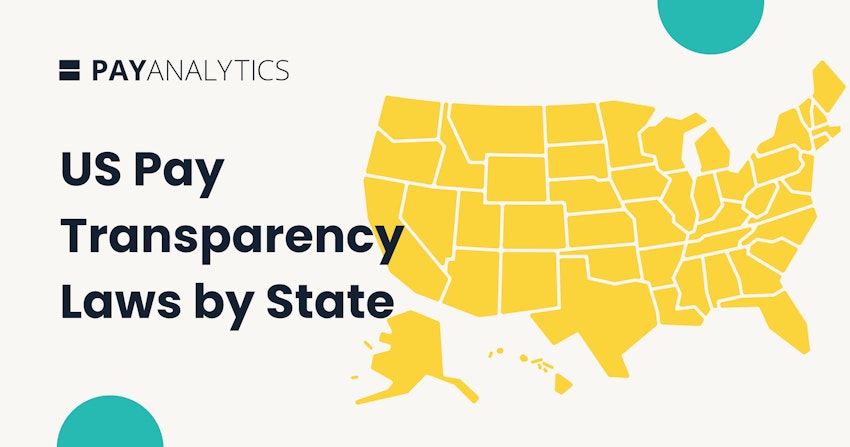David spoke about different pay equity perspectives and how our perspective guides our actions. For instance, satisfying regulatory mandates may result in different action than building a fair and equitable workplace. This difference in perspective leads to different conclusions on when a pay gap is "close enough" to zero. Margret shared her knowledge on machine learning bias and algorithmic fairness in the context of pay equity and in people analytics more broadly. Her talk included best practices and the hard questions to ask of any people analytics providers and our internal development teams.
During the conference, presentations revisited many previous pay equity themes, including the need for good data, sound methodological approaches and transparency. What stood out to David and Marget were these two highlights:
1 - The integration of DEI action and pay equity
In the past, pay equity and DEI (diversity, equity and inclusion) activities have often been separate efforts. Now these activities are increasingly integrated in a joint effort to close absolute pay gaps.
Today organizations are increasingly measuring and addressing their equal pay gaps (i.e., the differences in pay after accounting for objective pay drivers such as skills, knowledge and work environment). However, closing equal pay gaps is not the end of the journey, but the beginning. Addressing the broader absolute demographic pay gaps requires equal access to opportunity, diversity in hiring, and inclusive work environments, just to name a few. In other words, to close demographic pay gaps, we need to build equitable workplaces.
2 - The impact of pay transparency legislation
Colorado, Washington, California, New York City, Connecticut, Nevada, Maryland, Rhode Island and the European Union – what do all of these places have in common? You guessed it: they all have pay transparency legislation recently implemented or coming up soon. While the approach differs between different jurisdictions, all require some type of salary range disclosure during the hiring process.
It is therefore critical that organizations prepare for the requirements of these pay transparency acts. This includes revisiting their job architecture and the associated salary ranges in order to create a firm understanding of what drives the positioning of each employee within their salary band. Once legislation requires organizations to post their ranges in job listings, they also need to be prepared to have discussions with current employees about their pay. Additionally, organizations reported preparing HR leaders and managers to have these conversations.
Want to learn about best practices? Reach out to us and we are happy to discuss and answer your questions!





